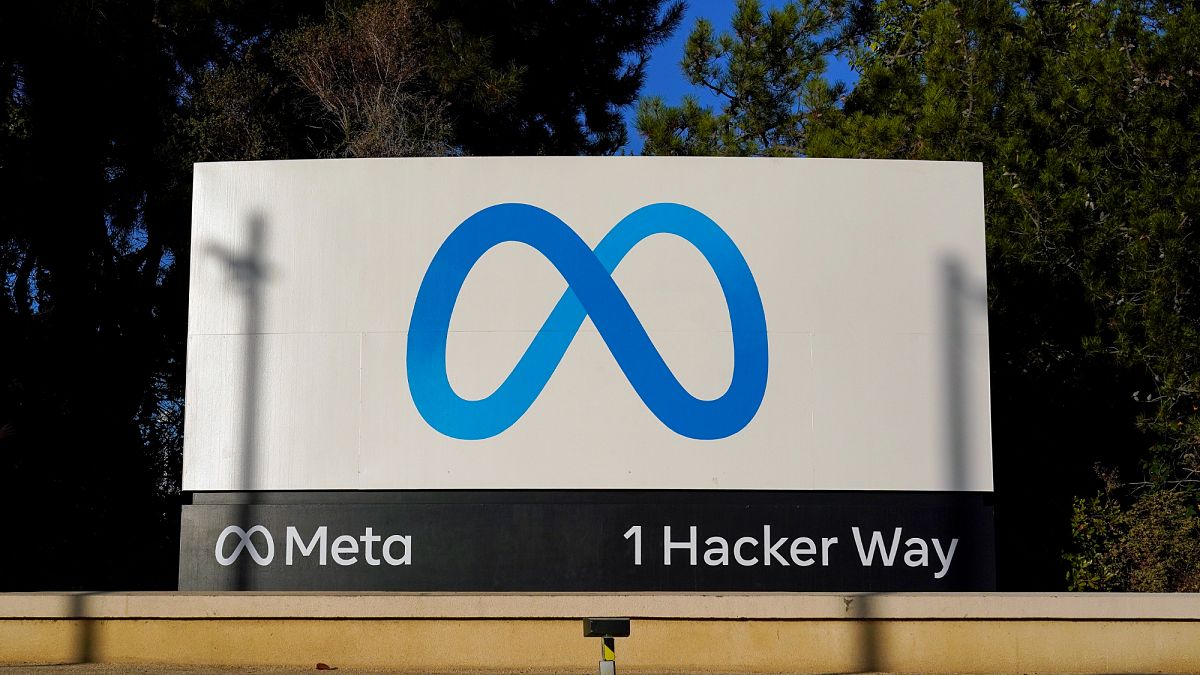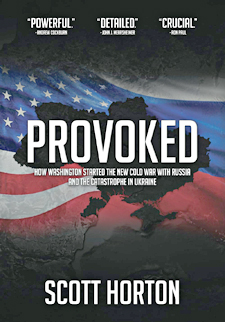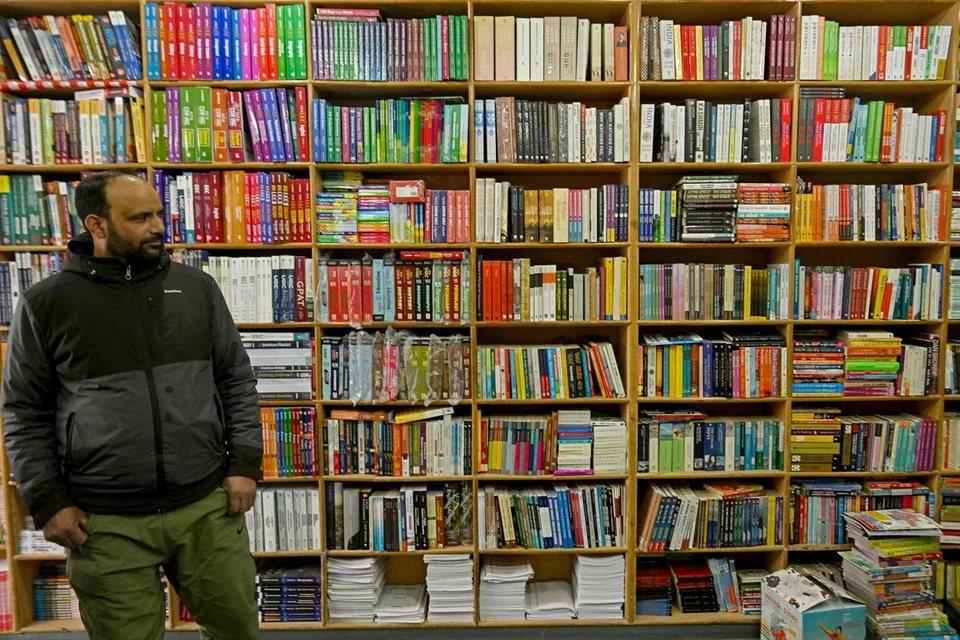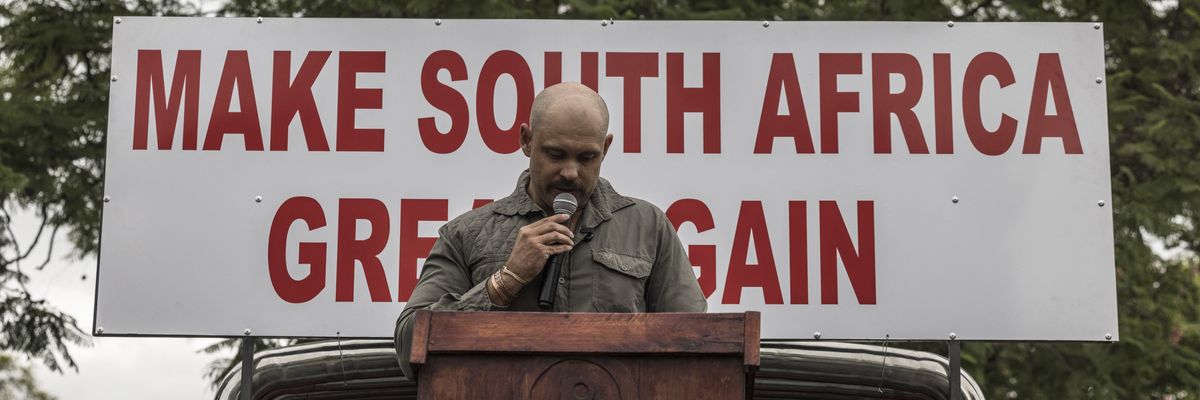2025 FEB24
Expert :
Lee Jaehyon / Center for Regional Studies ;
The year 2024 was a violent and dangerous year as far as disputes in the South China Sea (SCS) are concerned. This pattern of disputes will continue in 2025, with potential variations. The Philippines and China will remain constants in the dispute while U.S. involvement in the dispute will have two options under Donald Trump’s leadership: continued engagement or significant disengagement. The U.S. stance on this matter is crucial, as it affects the unfolding of the SCS conflict and the regional balance of power.
Through the U.S.’s commitment to the dispute, one can gauge the second Trump administration’s alliance policy and strategy toward China, which, in turn, sheds some light on how to negotiate with the new U.S. administration and what regional countries should do to maintain peace and stability in the region. Regardless of the direction of U.S. policy toward the disputes in the SCS and the broader region, South Korea must strengthen its role in regional strategic issues and move beyond its image as a passive actor in the regional strategic theater.
To that end, Korea should invest more in maritime security cooperation with ASEAN countries, particularly the Philippines. This should be reflected in the Plan of Action (PoA) for the Comprehensive Strategic Partnership (CSP) with ASEAN, which will be drafted in 2025. Additionally, strategic cooperation among regional middle powers is recommended to reinforce the regional rules-based order and offset potential U.S. disengagement in the region.
The Philippines: Resistance Will Continue
There is no ground for one to believe that the Philippines will back down in the South China Sea (SCS) in 2025. In 2024, the Philippines took significant initiatives to enhance its maritime capabilities. First, the Marcos administration announced the Re-Horizon 3 initiative, a $35 billion program aimed at improving its defense capabilities. This initiative is the third and final stage of the Philippines’ recent defense modernization program, which began in 2013 and is scheduled to acquire new patrol boats, corvettes, missile systems, and radar technology, and to improve maritime domain awareness (MDA) and intelligence, surveillance, and reconnaissance (ISR) capabilities.
Alongside these upgrades, the Philippines, jointly with the United States, launched “Task Force Ayungin” in 2024 to assist ISR activities in the Spratly Islands. Additionally, in April, the Philippines signed a Reciprocal Access Agreement (RAA) with Japan, and in May, a new security cooperation framework, “S-Quad” consisting of the Philippines, the United States, Japan, and Australia, was launched.
As far as the Philippines is concerned these efforts will continue for several reasons. First, the SCS issue is fundamentally a matter of inalienable national sovereignty for the Philippines. Especially in 2024, China took offensive actions at Second Thomas Shoal and Sabina Shoal, preventing the Philippines from exercising its sovereign rights, such as resupplying the BRP Sierra Madre, a ship wrecked near Second Thomas Shoal to indicate Philippine sovereignty.
Second, domestic politics matters. President Ferdinand Marcos Jr. tries to fan up his political popularity by taking an uncompromising stance on the SCS dispute. His predecessor, Rodrigo Duterte was more reconciliatory towards China in the SCS, and Marcos attempted to differentiate himself from his predecessor and to accumulate support. More importantly, he will face a political showdown in May—the midterm elections. Given the ongoing political dispute between him and Vice President Sara Duterte, the daughter of former President Duterte, Marcos has a good reason to take a firmer stance on the SCS issue as a political tactic to outmaneuver his vice president.
China: Proactive Assertiveness Will Persist
China has no appetite to temper its stance in the South China Sea (SCS), at least as long as President Xi Jinping is in power. As was the case for the Philippines, the SCS dispute is also a matter of national sovereignty for China. Xi himself has made this clear on multiple occasions. For instance, just before his visit to the UK in 2015, he stated, “The islands and reefs in the South China Sea are Chinese territory since ancient times. They are left to us by our ancestors. The Chinese people will not allow anyone to infringe on China’s sovereignty and related rights and interests in the South China Sea.” Any concession to the Philippines in the SCS under Xi’s leadership would undermine his domestic political base.
Second, China seems to view that its salami-slicing tactic works, and that time is on its side. Despite all the criticisms, there has been virtually no real and physical resistance towards China’s land reclamation activities in the South China Sea for over a decade since 2013. Between 2013 and 2016, China reclaimed 13 km² (3,200 acres) across 20 islands in the Paracels and seven islands in the Spratlys. Three of these—Subi Reef, Mischief Reef, and Fiery Cross Reef—now host Chinese military facilities, including barracks, runways, aircraft hangars, and weapons systems such as anti-submarine missiles, surface-to-air missiles, and radar systems. Additionally, China has deployed Y-8 maritime patrol aircrafts and Y-9 airborne early warning aircraft to these islands.
Third, and related to the second point, those opposing China in the SCS lack effective ways to respond to its activities. China’s gray zone tactics conducted by maritime militia forces presumably backed by the Chinese Navy and Coast Guard, make it difficult for Southeast Asian navies and coast guards to respond effectively. The huge gap between China’s naval and air force capabilities and those of Southeast Asian nations further discourages successful countermeasures.
While the United States and its allies may extend helping hands to Southeast Asian countries. The US-led Freedom of Navigation Operations (FONOPs) is an example, but the operation has no concrete evidence that it contributed to stopping the Chinese activities in the SCS. Furthermore, with the notable exception of the Philippines, other Southeast Asian countries try to keep tensions low-profile or use diplomatic channels such as the Vietnam-China 3+3 meetings to manage disputes.
The United States: At a Crossroads Between Engagement and Disengagement
The South China Sea is an important battleground in the strategic competition between China, a power that wishes to include the SCS under its wing and to expand its influence beyond, and the US, a power that hopes to contain China within the continent. Nevertheless, Trump’s return to the White House introduces a major twist in this broad strategic direction and prevents an easy projection of how the US actions in the SCS dispute will unfold in 2025.
Option 1: Engaging the Philippines and the SCS Disputes
The first option for the second Trump administration is of course extending helping hands to the Philippines and maintaining strong engagement in the region, including the South China Sea (SCS) dispute. Given Trump’s long-held criticism of China, the new U.S. administration may view the issue as a way to put pressure on China. On top of this, there is said to be broad bipartisan consensus on the threats China poses to U.S. global supremacy, a concern that has persisted for quite some time. It was during Trump’s first administration that the Indo-Pacific Strategy was first announced in 2017. Also, there were more frequent Freedom of Navigation Operations (FONOPs) conducted under Trump’s first term than during the Biden administration.
If the United States under Trump extends assistance to the Philippines, it will not necessarily be because the country is strategically important or because the administration has a strong commitment to making its presence in the region felt, but rather because it is a good way to counter Chinese influence and its challenge to the US. The first Trump administration announced the “30-Year Shipbuilding Plan,” which earmarked $167 billion to increase the number of navy ships to 355, which had fallen to a lowest of 271 ships in 2015, down from 565 in 1988. Defense Secretary-designate Pete Hegseth confirmed during a congressional hearing that he would reintroduce the plan. Naval assets mean more means for the US to extend assistance to the Philippines to counter China in the SCS.
If the second Trump administration maintains assistance to the Philippines, it will keep the existing schemes and add some additional measures. However, a key question for other regional middle powers, including South Korea, is that a large portion of these additional contributions would have to come from regional countries. South Korea is likely required to continue and expand its recent military and maritime cooperation with the Philippines which will be a financial and strategic burden for the country.
Option 2: America-First Isolationist Posture or Deal-Making
The second option is pulling the US out of the region, including the SCS. Trump may not find the merit of engaging in the SCS dispute and assisting the Philippines in the SCS especially if he perceives that this contribution by the US would not repay for the benefits of his middle-class supporters. This would not necessarily mean a clear-cut, total U.S. retreat from the SCS. The US is likely to issue diplomatic rhetoric regarding the SCS and maintain a certain level of bilateral military and defense cooperation with the Philippines. However, this approach will fall short of the moves made under Biden’s leadership and will fall far short of the Philippines’ expectations. Alternatively, the US could ask the Philippines to pay the bill for extending assistance to the Philippines in the SCS by pulling economic strings attached.
As emphasized numerous times, Trump’s isolationist predisposition earns support from the domestic audience especially the economically downtrodden middle class in the Rust Belt. The U.S. global supremacy and hegemony buttressed by the maintenance of global military alliances and curbing Chinese influence in the Indo-Pacific theatre is, in Trump’s political calculation, hard to relate to the real benefits of the U.S. middle class. If that is the case, the Trump administration will retreat from the Southeast and SCS theatre as was the case in his first term.
Instead, the region is more likely to face trade and tariff pressures from the US rather than assistance given that some Southeast Asian nations maintain large trade surpluses with the United States.
One remaining option is deal-making. The United States has invested substantial financial and military resources in the Philippines, including $128 million in military infrastructure at U.S. bases in the Philippines (2024); $500 million annually for training, education, and asset transfer programs; The cost of bilateral military exercises such as Balikatan, Sama Sama, and Kamandag, which mobilized 15,000 U.S. troops in 2024.
Additionally, the Philippines has increased its trade surplus with the United States over the past 10 years, now reaching $10 billion. In 2021, there were more than 2 million overseas Filipino workers in the US, sending $37.2 billion back home which accounts for 2% of the Philippines’ GDP. All these can be Trump’s leverage in deal-making against the Philippines.
Options for South Korea: Turning Threats into Opportunities with Proactive Initiatives
The dispute and tensions in the South China Sea (SCS) will persist in 2025. Both the Philippines and China have no reason to change their course. The big question mark is on the US’s policy. If the Trump administration views U.S. engagement in the dispute as an effective way to curb China, then the United States will likely maintain its current posture or even increase its engagement. If Trump views U.S. engagement in the dispute does not bring real (domestic) political benefits to him, then the US is likely to scale down its assistance to the Philippines or produce a bill to offset the U.S. burden to the Philippines. In the former case, the U.S. commitment to the region, its promises to regional allies, and its Indo-Pacific strategy will continue. In the latter case, there will be a substantial shift in U.S. commitments to regional allies and its Indo-Pacific strategy which in turn have fundamental impacts on regional rules-based order and the balance of power.
In both cases, the burden on regional countries, including South Korea, will increase. If the United States maintains its commitments to the Philippines in confronting China, regional middle powers will be asked or requested to make more contributions. If the United States retreats from the region and from the SCS dispute, regional middle powers countries may need to fill the vacuum left behind by the US to sustain the region’s peace and stability, particularly in assisting the Philippines against China. Already, some regional middle powers, such as Japan and Australia, have expressed the view that regional middle powers need to consolidate strategic cooperation to support regional order should the United States pull back.
South Korea needs to double down its efforts to build strategic cooperation on the one hand with regional middle powers and on the other hand with Southeast Asian countries where South Korea has lots of economic and sociocultural stakes. South Korea should be more proactive in engaging with regional middle powers in the discussion of the future of the regional order. In 2025, South Korea and ASEAN are set to draft the Plan of Action (PoA) for the ASEAN-Korea Comprehensive Strategic Partnership. This document must include strong emphasis and concrete initiatives for maritime security cooperation between South Korea and ASEAN.
Finally, one big concern remains when South Korea upgrades such strategic commitment¾China. The first step should be improving bilateral relations with China, including expanding and consolidating communication channels. No mutual understanding can be reached without bilateral dialogue. In the long term, South Korea must work to change China’s perception. Korea’s new activism in the regional security issues is not to target a certain country, but to make a due contribution of Korea as a middle power for peace and stability including protecting individual country’s national sovereignty, which corresponds to China’s Five Principles of Peaceful Coexistence, as outlined in the concept of a “Community of Common Destiny for Mankind.” Avoiding China’s or any other major powers’ backlash is not a solution. South Korea has its own strategic position, and it must make it clear that this apply equally to all countries
This article is an English Summary of Asan Issue Brief (2025-06).
(‘2025년 필리핀, 중국, 미국의 남중국해 분쟁 전략과 미국의 동맹 및 지역 정책의 향배’, https://www.asaninst.org/?p=98065)
About Experts
Lee Jaehyon
Center for Regional Studies ; Publication and Communications Department
Dr. LEE Jaehyon is a principal fellow at the Asan Institute for Policy Studies. He is a member of the advisory group for the Korean Coast Guard. Dr Lee is also a Vice President of the Korean Association of Southeast Asian Studies. Dr Lee’s research focuses on ASEAN, Southeast Asian politics, regionalism, and non-traditional and human security issues. Recently, he has been expanding research to include Indo-Pacific and superpower rivalry in the region. His publications include “South Korea and the South China Sea: A Domestic and International Balancing Act” (2016), “What Asia Wants from the US: Voices from the Region” (2018), “Southeast Asian Perspectives of the United States and China: A SWOT Analysis” (2022). He translated “The Pivot: The Future of American Statecraft in Asia” by Kurt Campbell into Korean. Dr Lee received a B.A. and M.A. from Yonsei University and his PhD in politics from Murdoch University, Australia.
THE ASAN INSTITUTE FOR POLICY STUDIES






